The CE marking of medical products has been essential for importing and marketing this type of merchandise since 1998, the year the EU Directive 93/42/EEC came into force. In Spanish legislation, the directive regulating the CE marking of medical products is included in Royal Decree 414/1996, which defines what is understood by medical product and its classes. Depending on these, the conformity assessment procedure may vary.To obtain the CE marking for medical products, without which importation and commercialization are not possible, it is necessary to pass the conformity assessment procedures according to their category.
CE Marking of Medical Products and Their Classes
Medical products are classified into three main classes (numbered I to III) plus a fourth type of custom-made and clinical research products. Classes I and II are further divided into other subtypes. Importers must obtain conformity for the CE marking as specified below.
Class I Medical Products
Medical products with low risk fall into this category. The CE marking for medical products of this class only requires a certificate of conformity, as they are non-invasive products, which are only temporarily in contact with the skin or mucous membranes. For example:
- Bandages
- Elastic stockings
- Walkers
- Urinary bags
Sterile Class I Medical Products
Medical products with low risk but sterile require a certificate of conformity plus production quality assurance. Some examples include:
- Syringes
- Reusable surgical instruments
- Examination gloves
Class I Medical Products with Measuring Function
These are products such as non-electronic thermometers and tonometers. They require a certificate of conformity, production quality assurance, and CE verification.
Class IIa Medical Products
This category includes medical products with moderate risk, i.e., temporarily invasive and having no significant effect on the body. For example:
- Product disinfectants
- Single-use scalpels
- Hearing aids
- Contact lenses
- Cannulas
- Urological catheters
Their commercialization requires CE conformity certificate, production and product quality assurance, CE verification, and a complete quality assurance or total quality system.
Class IIb Medical Products
Class IIb medical products are of severe risk because they are long-term invasive, have effects on the body, or serve for vital function diagnosis. Some examples include:
- Contraceptives
- Condoms
- Invasive product disinfectants
- Products for contact lens care
- Intraocular lenses
- Blood bags
The CE marking for Class IIb medical products is obtained through a type CE examination plus production and product quality assurance, CE verification, and a total quality system.
Class III Medical Products
These are high-risk, invasive products that can compromise life, such as those in contact with the central nervous system or containing medicinal substances. For example:
- Absorbable sutures
- Stents
- Medicated dressings
- Hip or knee prostheses
- Heart valves
In this case, obtaining the CE marking for medical products requires, in addition to the requirements of Class IIb, a design examination.
Custom-made or Clinical Research Medical Products
This class requires a declaration of conformity for products with special purposes.To import medical products, you need to possess a health license issued by the Spanish Agency of Medicines and Medical Devices (AEMPS) and special facilities controlled by a sanitary technical responsible person.If you wish to import medical or cosmetic products, contact Bull Importer. We conduct a study of the legal requirements for your case and handle the procedures.


